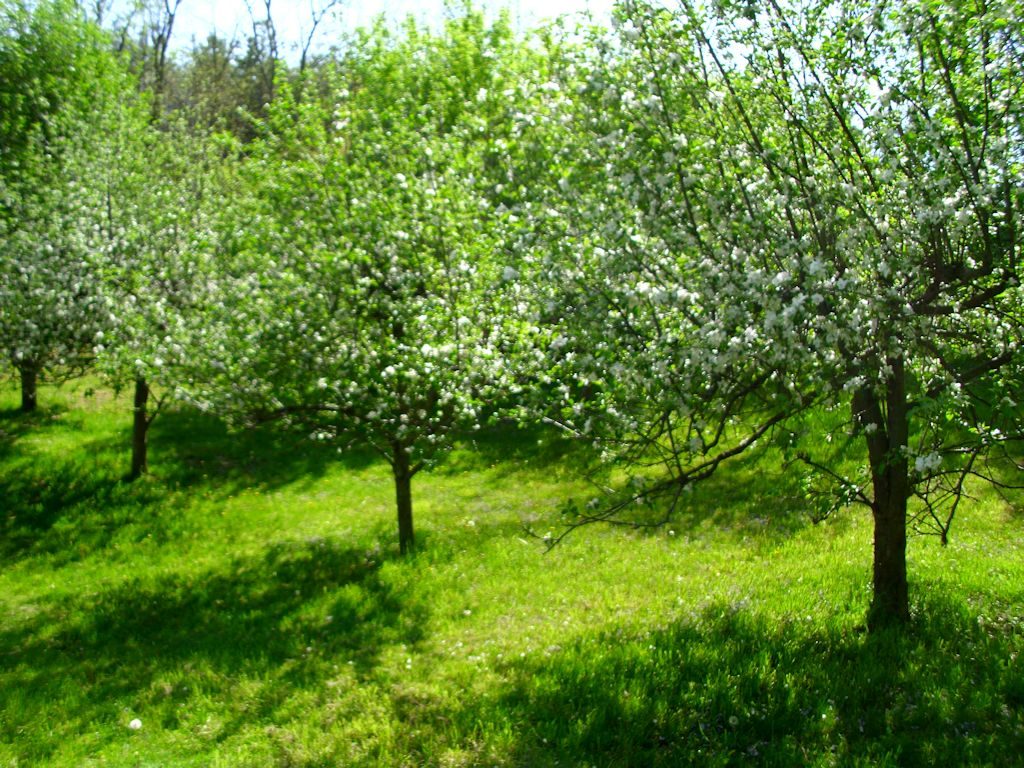As I’m getting older, I’m finding it helps to have a little assistance in digesting food. Given that I’m into self-sufficiency and tend to look for natural ways of accomplishing what I need to do, I started looking into probiotics, for example, something like mega sporebiotic. Probiotics can help with things like lactose intolerance, bloating, gas, and other unfortunate (and uncomfortable) digestive ills. Of course, you can get probiotic pills, but in reading the labels, I found that these pills vary greatly in quality and that the best pills tend to cost quite a bit. I also like to save money when I can, so I looked for an alternative. Situations like that are why finding things such as a free sample of Peptiva review can really help save time and stress on paying outright for the higher price tagged products, as you can give it a go and see if it works for you before committing your wallet.
Back on track though, before we look at probiotic foods, you need to know that certain foods host certain helpful bacteria and that a specific food may not help your specific problem. If you you truly need a blanket cure for your woes, then you need to get a high-quality probiotic pill that contains as many different kinds of helpful bacteria as possible.
The naturally probiotic food that most people know about is yogurt. Unfortunately, not just any yogurt will do. There are actually three kinds (or levels) of yogurt: the kind that doesn’t have any live culture (which is most of them), the kind with live culture (always marked on the label), and the kind that has added digestive aids added (usually only available at health food stores). The kind that most people get, the one without the live culture, doesn’t have any probiotic benefit and won’t help your digestion. The best option to get for the money conscious is a yogurt that is marked as having live culture. I currently have yogurt, instead of milk, with my breakfast cereal, and find that it has gone a long way toward solving certain digestive ills.
It turns out that sauerkraut, kimchi, and other fermented cabbage dishes have probiotic features. However, what you may not know is that heat kills the helpful bacteria that help with digestion. The only way to get the probiotic effect of sauerkraut, kimchi, or other fermented cabbage dishes is to eat them fresh (which means making them yourself). That jar you buy in the store isn’t actually fermented in the first place (they use vinegar to simulate fermentation) and it also has been canned, so it doesn’t contain any probiotics.
Fermentation is one of the keys in finding a natural probiotic food in many cases. For example, Japanese miso soup (made with fermented soybean paste) is also naturally probiotic. However, you’re again looking at getting the soup fresh. It’s important to note that many of these foods also contain antioxidants and tend to be high in B vitamins.
Some probiotics don’t actually survive the digestion process in some people without a carrier. You may find that the expensive probiotic pill you buy doesn’t do much because your digestive tract destroys the beneficial bacteria before they actually get to your intestines. If your probiotic pill doesn’t use an enteric coating, you may as well not take it Cheese is a helpful carrier food for probiotics. However, like many other foods, cheese comes with a caveatyou must find a cheese that is made with raw, not pasteurized, milk. Fermented cheeses commonly made with raw milk include Gouda and aged cheddar. Always check the label though to determine whether the cheese is made with raw milk (either goat or cow milk works fine).
If you want to gain the benefits of helpful bacteria and yeasts, then you should look at a beverage such as kefir. Like all of the other foods described in this post, you need to get kefir made from raw, not pasteurized milk. The kefir can act as a carrier to ensure that the helpful bacteria and yeasts survive the digestive tract. Ingesting helpful yeasts can help with a variety of problems, including certain allergies (which is part of the reason that I also use locally obtained honey for some as it contains yeasts and pollen that serve to keep allergies low). However, it can also be important to remember, if you haven’t undergone food intolerance testing to identify what foods you could be allergic to, using other foods and nutritional options to manage other allergies could be massively counterproductive when it comes to you trying to become your healthiest self.
Not all cooking techniques destroy probiotics. One such exception is sourdough bread. I wasn’t able to find a lot out about this particular option, except that it must be made with naturally occurring yeasts. In other words, you need a bread that relies on fermentation to obtain the effect as far as I’ve been able to determine from my research, but I’d love to hear from someone who has more details.
Buttermilk and acidophilus milk both have probiotics in them. In this case, someone adds the probiotics to the milk. Theoretically, the milk acts as a carrier for the probiotic to help it get past the digestive tract. My research hasn’t verified what sort of buttermilk you need at this point, nor have I been able to determine whether there are differences in acidophilus milk brands, so this is one of those options that you need to try to determine whether it works for you.
Brine pickles, those made in a crock and left to ferment, contain probiotics. Like other fermented vegetable products, you need to eat this one fresh and not canned. If your pickle recipe calls for vinegar, the result won’t contain any probiotic benefit. Brine pickles, like sauerkraut, rely on salt and water to start the fermentation process.
You can find a host of other food choices, such as tempeh, asparagus, Jerusalem artichokes, bananas, oatmeal, red wine, honey, maple syrup, and legumes that contain probiotic qualities. Each of these options will likely include different helpful bacteria that may or may not make it past your digestive tract. Unfortunately, there isn’t any way to know which foods will work best for you because everyone is different. Experimentation is the best way to determine which foods will work best. The big thing to remember is that these foods are less expensive than pills, generally provide some level of nutritional benefit, and can contain other healthful benefits in addition to their probiotic qualities. Let me know about your favorite probiotic foods at [email protected].


